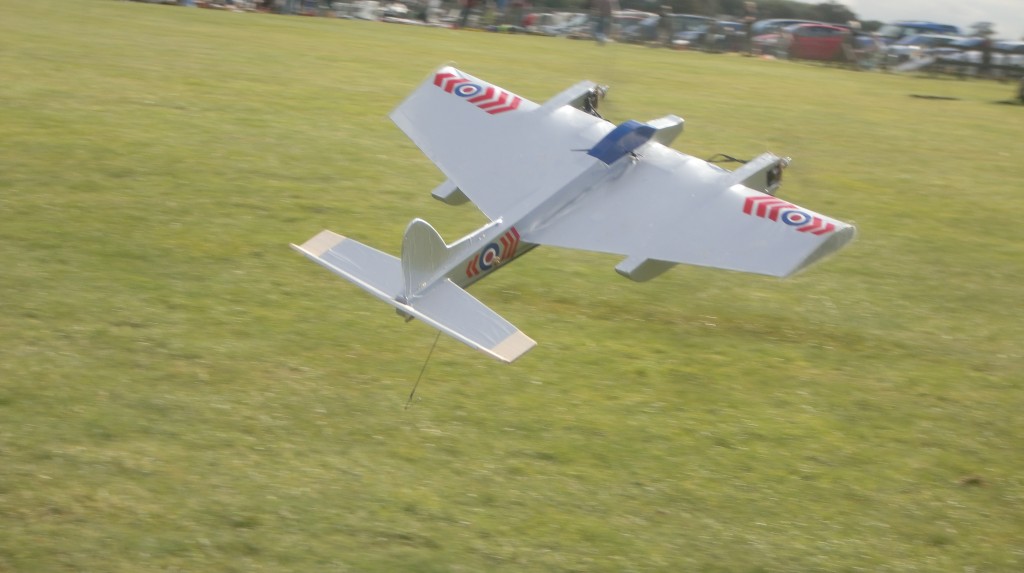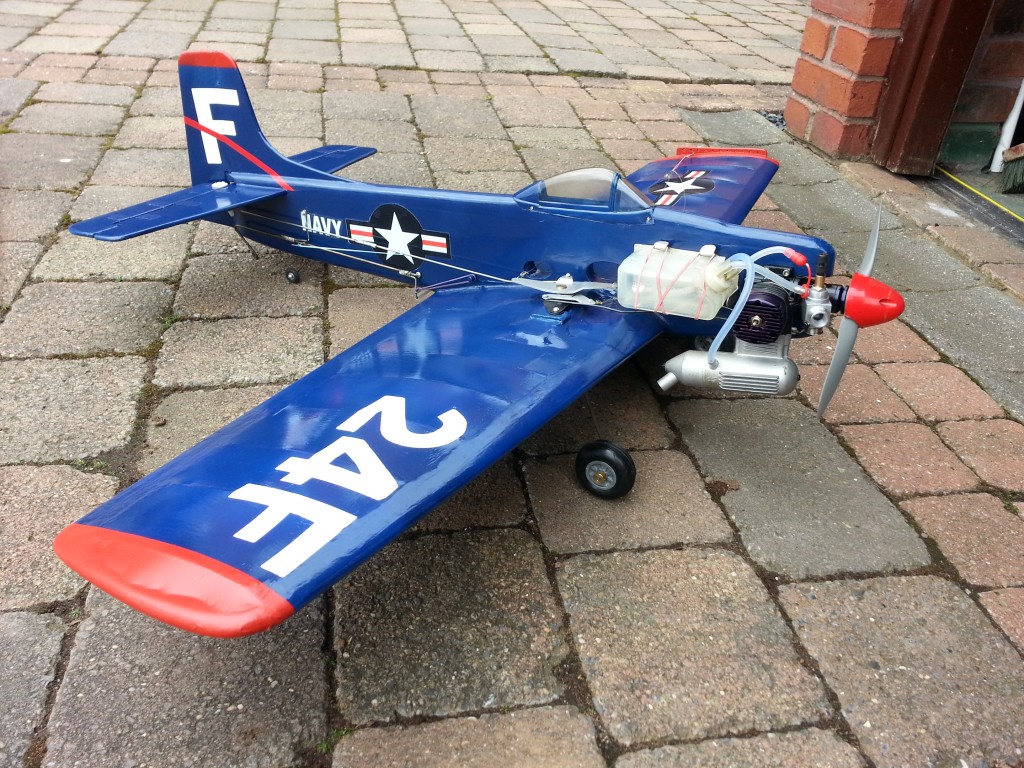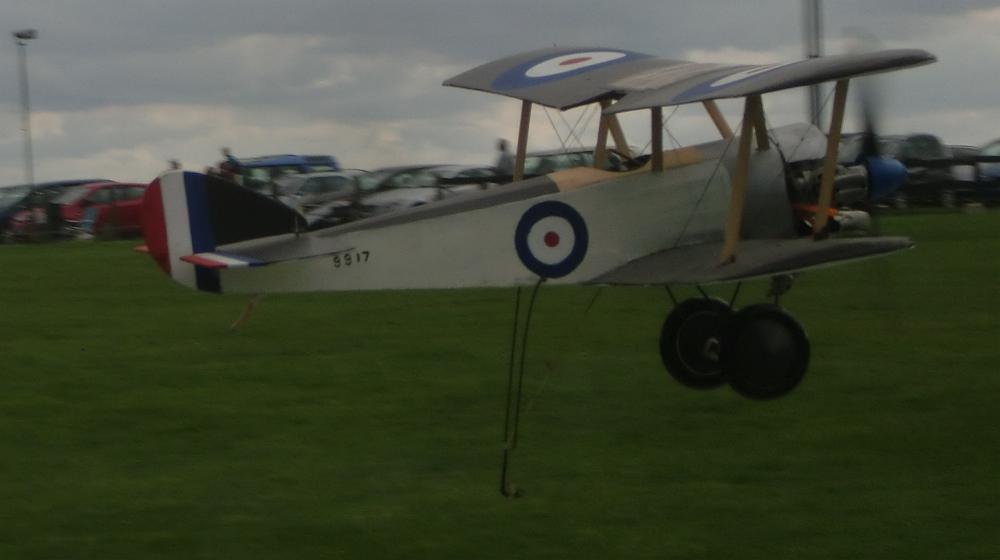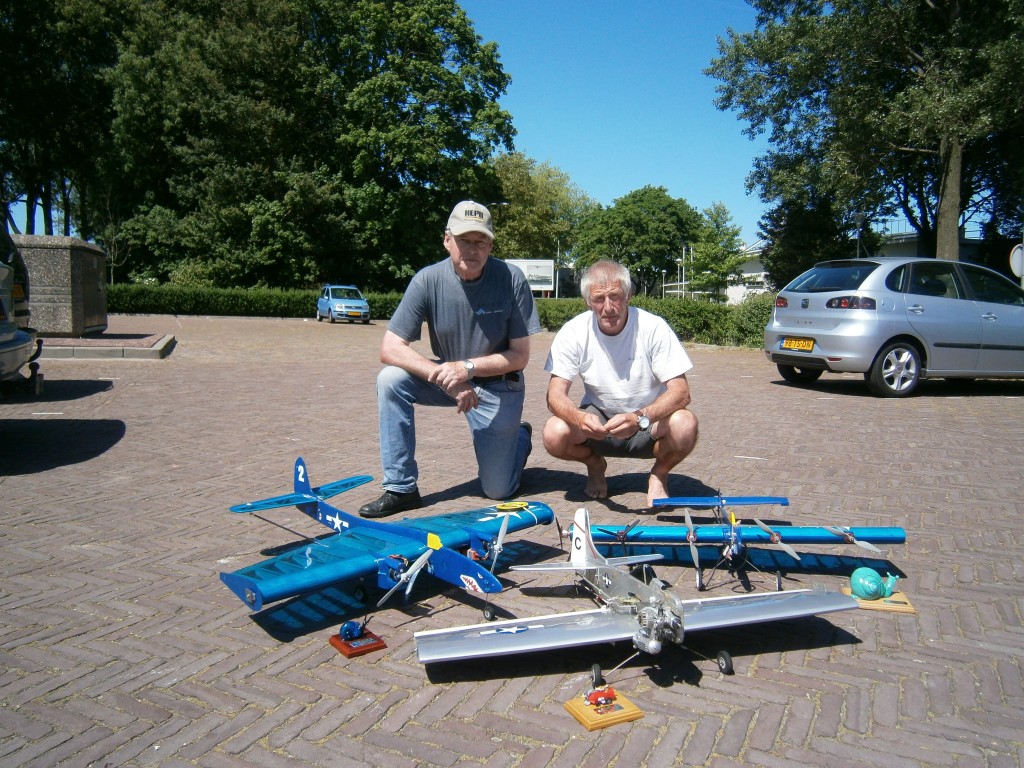Hello, Carrier-Deck supporters, pilots and enthusiasts everywhere!
So it’s the end of 2015, another successful year for Carrier – and again I’m quite sure that very few people really know the half of what all our various officials actually do, voluntarily, to keep the whole thing going. In return for this, once again, all you get is my thanks – heartfelt, nevertheless – as compensation for time and effort spent on behalf of others.
 I’m grateful for every contribution, irrespective of amount: there’s nothing that we did in 20l 5 that was not directly necessary for our activities, and no element of what we did would have been possible without all of you to help.
I’m grateful for every contribution, irrespective of amount: there’s nothing that we did in 20l 5 that was not directly necessary for our activities, and no element of what we did would have been possible without all of you to help.
We undoubtedly do more promotion of ourselves via on-site and web-site methods than most other aeromodelling activities and, together with our public relations and hands-on flying training, we have become known as something of an example to the other British classes of how to manage an active contest discipline in the face of increasing participant age, dwindling participant numbers and ferocious competition from huge numbers of other leisure-time pursuits.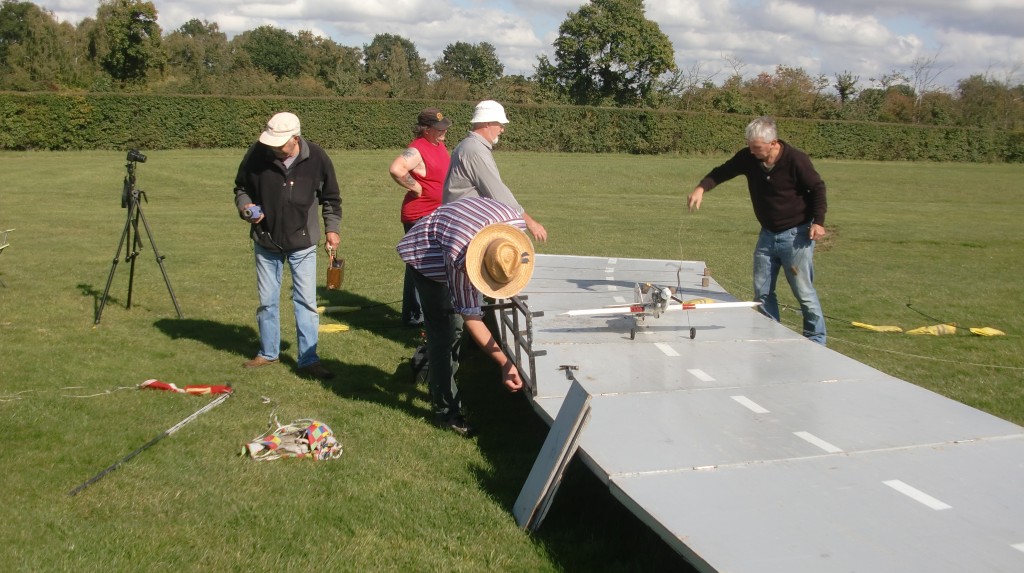
Unfortunately, of course, we are seldom formally recognised for this – British understatement, perhaps – and nor does Carrier benefit from the glamour of World Championship status even though our numbers are in many cases better than those of the participating international classes. Time and again, however, we get recruits who, it turns out, were attracted to Carrier by being able to read about us, by being engaged in friendly conversation at contests by us, or by being able to ‘have a go’ at the flying itself.
All of this requires time and effort – YOUR time and effort – for the collective good and which, inevitably having to become its own reward, nevertheless attracts those who are prepared to work for the common good. Thank you for being one of those people – you know who you are!
For your information, I have attached my 2015 End-of-Season report required by the BMFA Control Line Technical Committee which summarises our season. Perhaps unsurprisingly, I have not mentioned how bad I am in getting results on to our web site.
Best wishes for a Happy Carrier New Year to you all!
Andy
UK (& EU) Carrier-Deck Event Report 2015
Contests
There have been 11 Carrier events i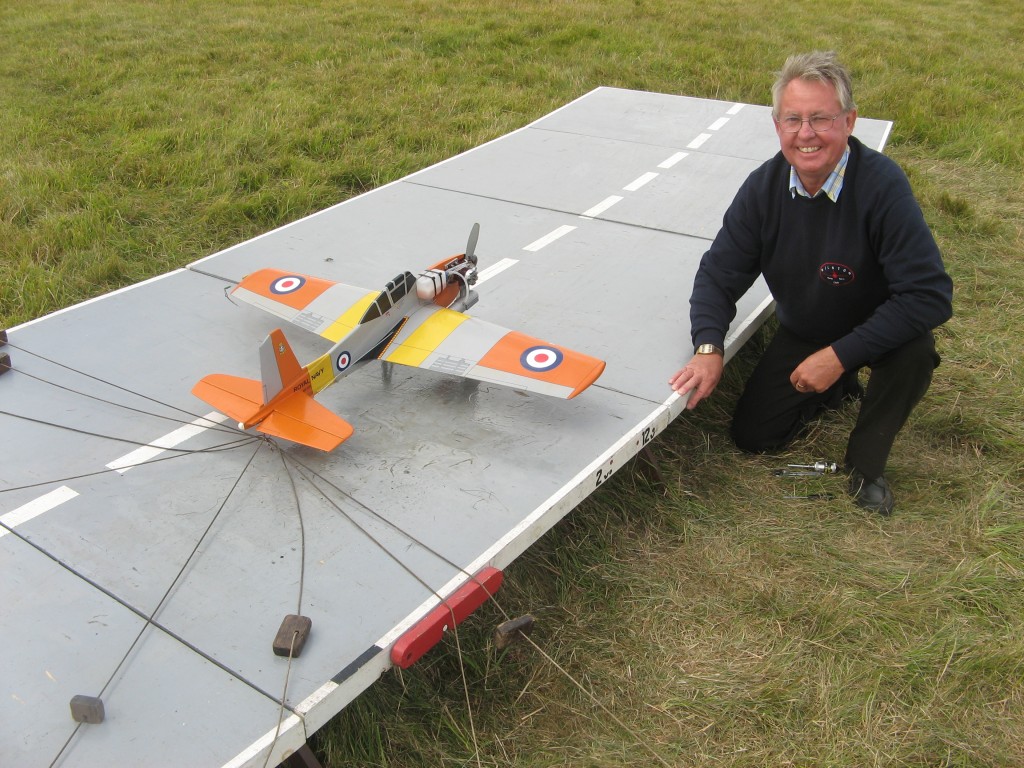 n the UK between April and October, of which seven were of full weekend or longer duration and four were single-day. There were an additional six events in Europe: two each in Belgium, Holland and Germany, all of which were of weekend duration. There are nine Carrier Decks in existence in the UK and four in Europe, with seven of the UK decks and two of the Continental decks in regular use.
n the UK between April and October, of which seven were of full weekend or longer duration and four were single-day. There were an additional six events in Europe: two each in Belgium, Holland and Germany, all of which were of weekend duration. There are nine Carrier Decks in existence in the UK and four in Europe, with seven of the UK decks and two of the Continental decks in regular use.
Weather
So far as the UK events were concerned, the average weather conditions were somewhat worse than in 2014, but this appears to have had no effect on the contest attendance. The nature of the ‘worseness’ consisted more of rain than wind, and as it is wet operating conditions that appear to discourage participation more than excess wind (! – Webmaster), this suggests that other compensatory effects are operating (see Attendance).
Fortunately, no event had to be cancelled beforehand and only the Scale weekend at Old Warden in July had one day more-or-less written off by rain on the Sunday. Marlborough, also in July, suffered from a couple of hours of rain, but this merely extended the day.
The BMFA Nationals Sunday suffered from a little light rain during the afternoon, but insufficient to affect flying, and whilst the Monday was a write-off between daybreak and about 1400, all flying had been completed by the end of Sunday, so for the fourth year in succession, therefore, Carrier’s Nationals has been treated extremely kindly by the weather!
Attendance
This was entirely satisfactory, being slightly better than in 2014, despite the slightly poorer weather. No obvious cause suggests itself, although it is possible that the difference is either no more than a year-to-year statistical variation or, perhaps, a reflection of the fact that more and more flyers are retiring, so whilst their health remains good, with their increasing age, perhaps they find they have more free time?
The Nationals attendance (very good) was about the same as in 2014. Carrier continues to be fortunate in its recruitment (as always) due largely to the efforts of the Training Teams at the Nationals and the Old Warden events, plus the inevitable word of mouth and of course our website presence – and whilst this results in no more than a few new flyers per year, that’s all we need to ‘top up’ the numbers.
The Nationals
The Carrier flying site remained in its ‘new’ 2014 position between the Commercial Area and the approach lights to Runway 27. This is a good position for ‘passing trade’, i.e. for general spectators as well as for attracting people to the Hands-on Flying Training, and more will be made of this in 2016 (always presuming Barkston remains available of course), by an internal rearrangement that will put our Training Circle nearest the Commercial Area.
Site mowing was carried out without a glitch. The Wednesday and Thursday evenings, however truncated they are for RAF operational reasons, remain absolutely essential for preparatory work, particularly if the BMFA continues to be subject to the current rigid 1700 Friday access start time.
Thanks are due to the Roping Crew who produced a revised traffic corridor on the Saturday without adversely affecting Carrier’s activities, when it was clear that conditions demanded an improvement. Particular thanks must go to the crew who distributed the tables and chairs on the Friday evening and who continued to do this job until well after dark – despite the difficulty of locating their recipients – as this enabled the remainder of the site preparation to be completed in time for Saturday morning’s start.
As in previous years, the Nationals event was easily the largest Carrier contest of the season, with 42 pre-entries across the two Carrier classes. The Training Circle, Practice Circle and the Information Tent were popular and well used, and the contest activities on both Saturday and Sunday went without a hitch, particularly the extension into Sunday evening to completely finish all flying as it was quite clear by then that Monday would be unflyable – and it was!
Developments
As in previous years, Carrier enjoys an enviable mix of aircraft fitted with either piston engines with mechanical throttle control, piston engines with electronic throttle control, and electric motors with electronic throttle control, with no particular system better than the others.
Although there may be a nationwide acceptance that electric engines/electronic control will eventually dominate both the competition and sport sides of Control Line, the innate greater visibility and therefore easier fault isolation and greater serviceability provided by piston/mechanical systems means that for the foreseeable future the choice remains wide open, especially given the continuing significantly greater unreliability of electronic systems.
However, this does not gainsay the recent inroads made by electric power and control systems in Carrier.In particular, for Class l (where the emphasis is on high speed), it is clearly easier to operate a high-power electric motor than it is to minister to the vagaries of a highly-tuned piped piston engine that is fuel-, prop- and plug-fussy, so it’s always going to be horses for courses.
The utter simplicity of Electric Ducted Fans will also make the use of jet aircraft eminently possible in Carrier, whereas power via piston-engine ducted fans has always been far more problematic (you can say that again, Andy! – Webmaster, F4 GDF builder). Several models for EDF power are now on building boards.
For the second year running, the Basic Carrier Deck WWOCC sub-class (World War One Commemorative Class) was operated at all the Old Warden events and at the Nationals. In essence, this is a scale biplane sub-class which attracts its own first, second and third-place awards in addition to those of the parent BCD class. Whilst this new sub-class has been a little slow to catch on (models are more complex and time-consuming to build than the more popular monoplanes), the tendency has been to power such aircraft with four strokes for increased realism; although there is an undoubted weight and power penalty; this is to be welcomed as it will enable a future ‘Biplane Bonus Score’ to be more realistically developed for longer-term use.
Webmaster’s Supplementary Notes
Andy deserves a lot of thanks from all of us in the UK Carrier flying world for his ceaseless efforts to improve the status of our branch of C/L, for promoting it wherever he can and also for the immense amount of administration he does both before, after and especially during events – THANK YOU ANDY!
A couple of interesting additional items arising during 2015 are included below.
UK, Europe and US Carrier links
 There continues to be an ongoing nterface between carrier enthusia
There continues to be an ongoing nterface between carrier enthusia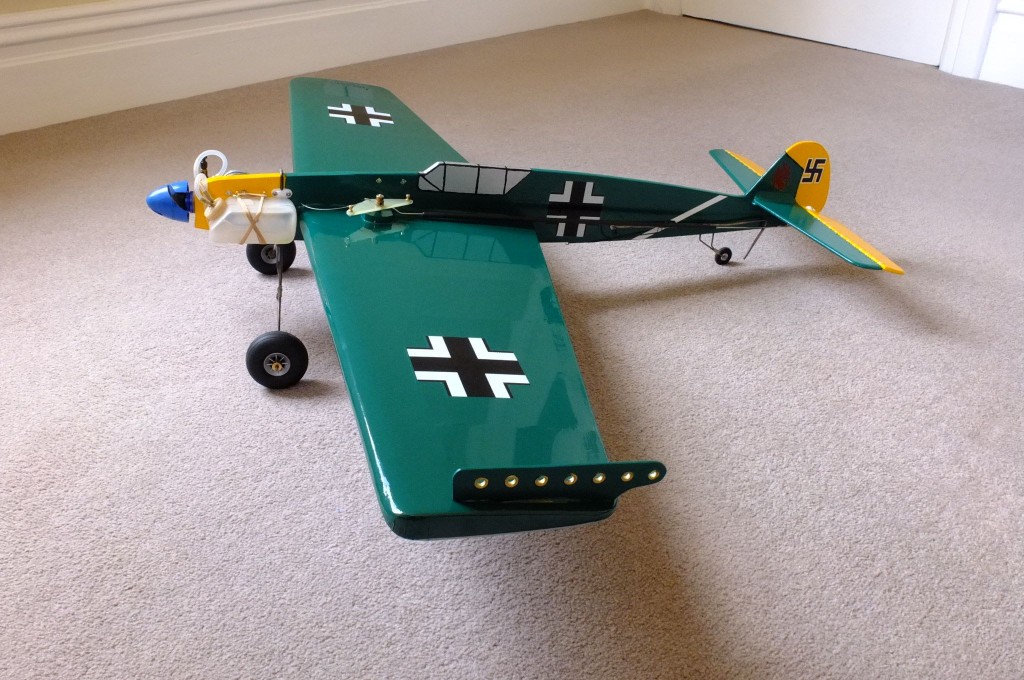 sts in Europe and the USA – this year has seen Max Uttien create the first of a series of US-inspired Bf109T carrier models based upon the designs of the US master Eric Conley, with another being builr in the UK – truly an international initiative!
sts in Europe and the USA – this year has seen Max Uttien create the first of a series of US-inspired Bf109T carrier models based upon the designs of the US master Eric Conley, with another being builr in the UK – truly an international initiative!
Your Webmaster has also been regularly gleaning news from the Rocky Mountain Aeromodellers and other US clubs that fly C/L Carrier for inclusion in articles on this website.
2015 “Carrier-Deck.Com” Trophies
This site has again presented trophies to the pilots flying the fastest and the slowest seven laps: The winners this time were both European continental flyers: Jan Odeyn took the slowest seven-lap honours for the second year with an average speed of just 8.52mph, while Bert v. d. Meij flew the fastest seven laps at more than 90 mph! They are seen here with the planes and the trophies – well done chaps!
2015 Trophy Winners – Bert (left) and Jan (right)
2015 Trophies – Slowest 7 (rear), Fastest 7 (Fore)


